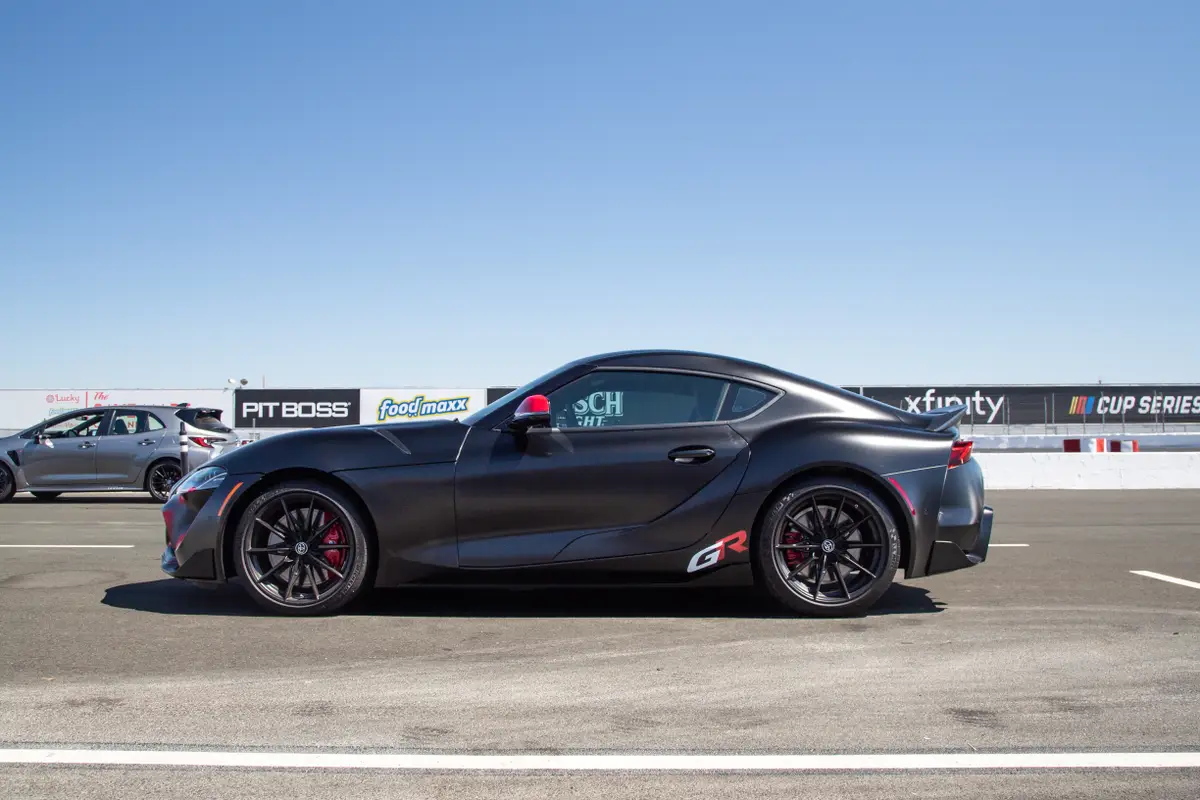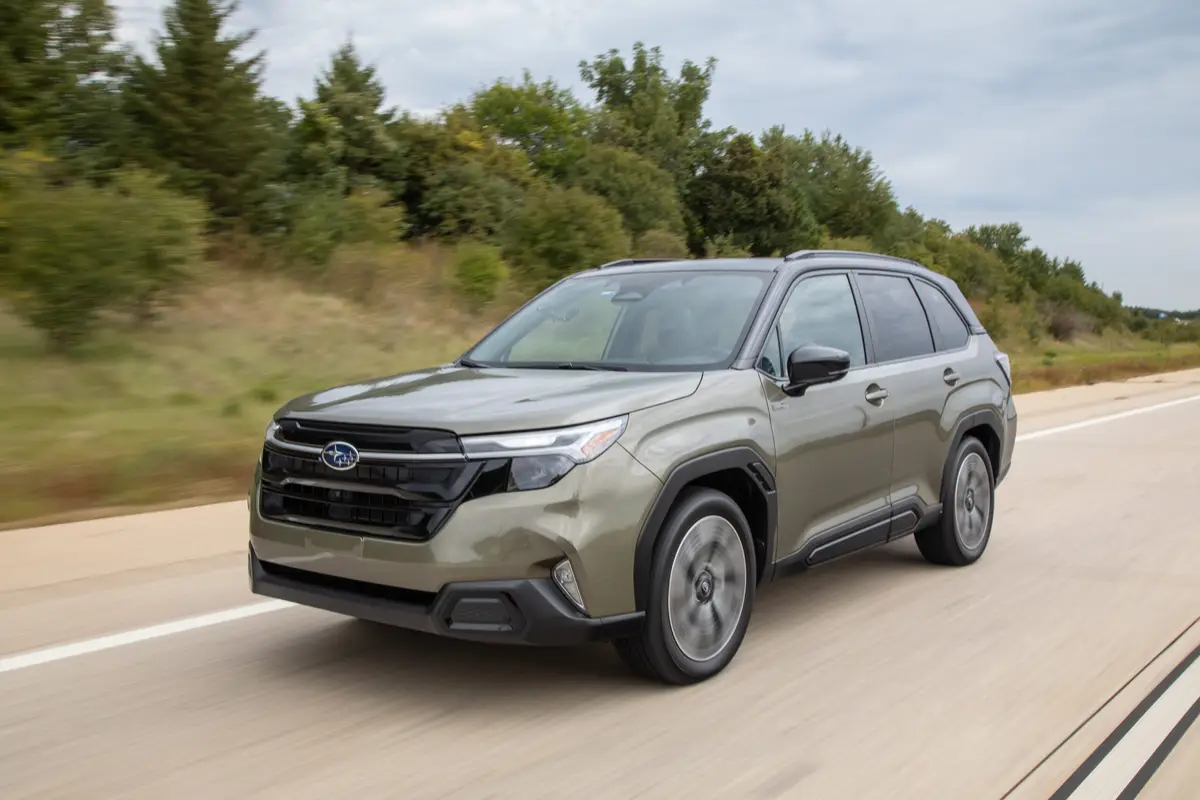2013 Toyota Prius c at the 2012 Detroit Auto Show

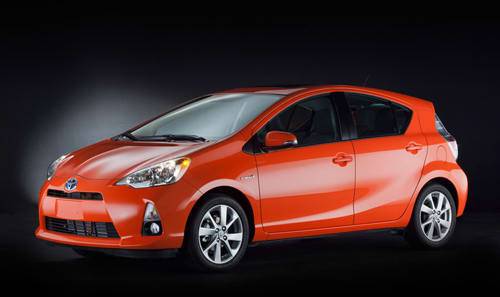
- Competes with: Honda Insight, Hyundai Accent, Volkswagen Golf TDI
- Looks like: A city car to beat all city cars
- Drivetrain: 73-horsepower, 1.5-liter four-cylinder engine and 60-hp electric motor; 144-volt nickel-metal-hydride battery; continuously variable automatic transmission; front-wheel drive.
- Hits dealerships: March
At the 2013 Toyota Prius c hybrid’s first North American showing, the company announced a starting price below $19,000 and estimated gas mileage of 53/46 mpg city/highway and 50 mpg combined. Those figures alone make it a major splash in the market.
More 2012 Detroit Auto Show Coverage
The “c” stands for city, which plays up the four-door hatchback’s small size and record-setting fuel economy for a conventional hybrid in city driving. (It also draws attention away from its highway figure, which is 2 mpg lower than the regular Prius’ highway rating, and its combined rating of 50 mpg, which is an even match.)
The mileage parity with the larger Prius isn’t a big surprise.
Though the c is 542 pounds lighter and has a smaller gas engine — a 1.5-liter four-cylinder rather than a 1.8-liter — it’s 19.1 inches shorter from bumper to bumper, almost as small as the Toyota Yaris subcompact four-door. As cars decrease in size, their ability to cheat the wind at highway speeds hits a point of diminishing returns. The Prius c’s coefficient of drag is a respectable 0.28, but the regular Prius is rated 0.25.
The Prius c will come in four trim levels. Standard equipment includes 15-inch steel wheels, automatic climate control, a 3.5-inch color display, an AM/FM/CD stereo with Bluetooth hands-free phone and audio connectivity, a USB port, steering-wheel audio controls and remote keyless entry. There are nine airbags.
An optional touch-screen navigation system comes with SiriusXM satellite radio (with a three-month trial subscription) and Entune, which interfaces with a smartphone’s internet-radio applications, and other features.
Toyota says the Prius c has 87.4 cubic feet of passenger space, compared with 94 and 97 cubic feet, respectively, for the Prius and Prius v, the latter of which is the largest in a growing Prius family.
The Prius v’s main advantage is its cargo volume behind the backseat: 34.3 cubic feet, compared with 21.6 cubic feet for the regular Prius and 17.1 cubic feet for the new Prius c.
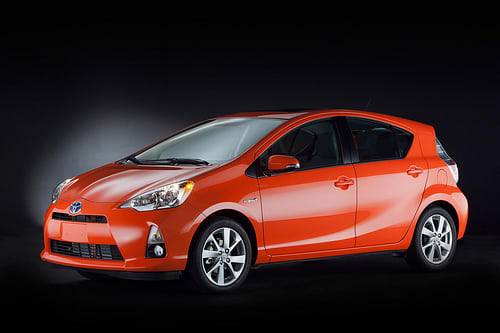
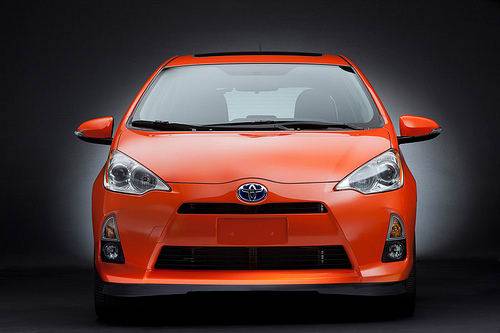
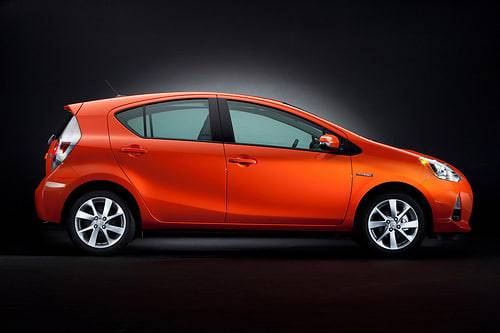
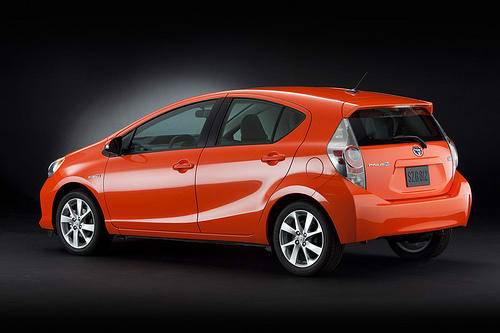
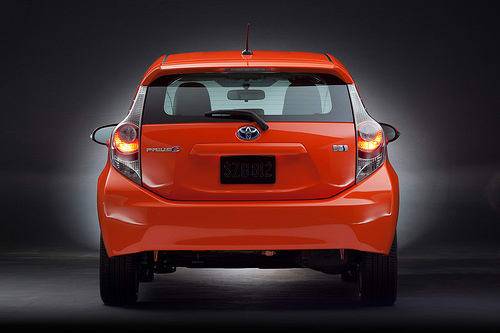
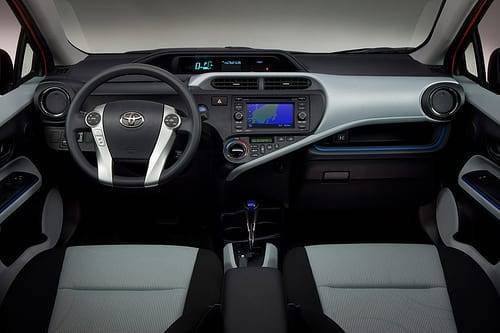
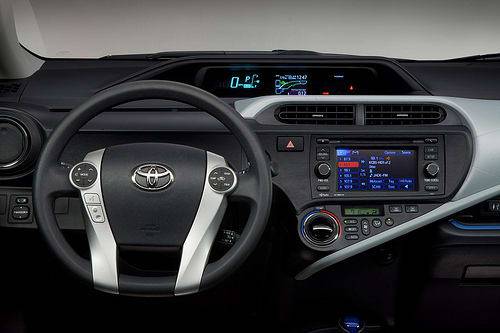
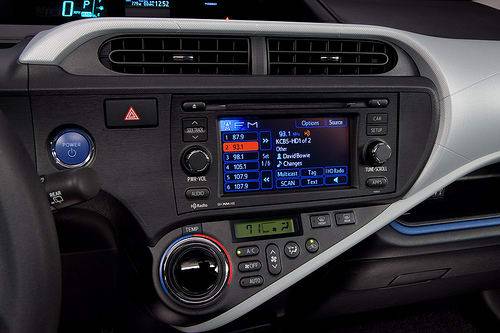
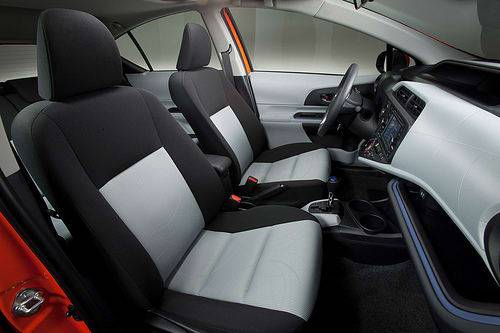
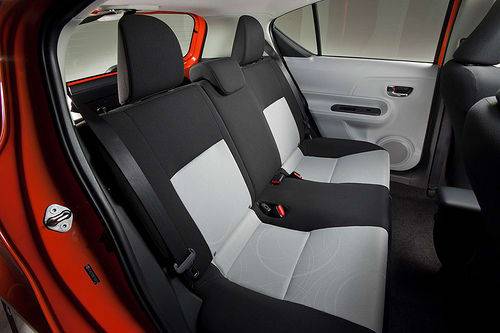
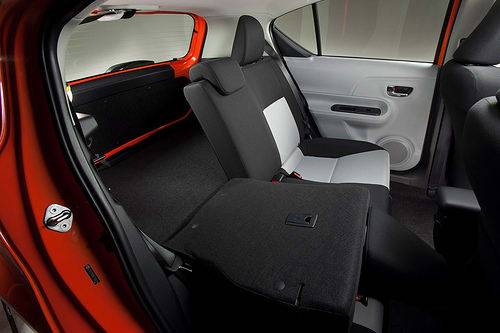
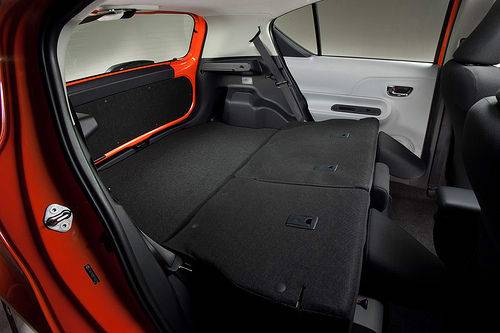
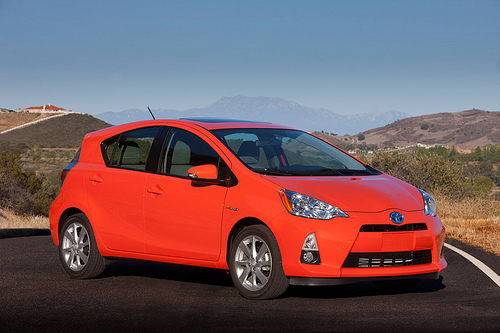
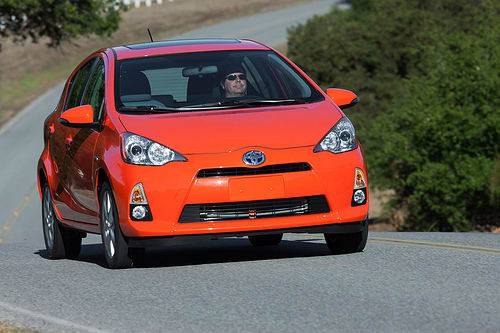
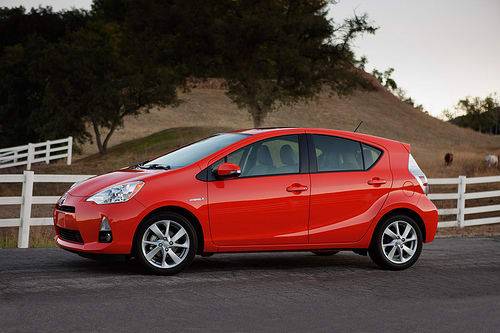
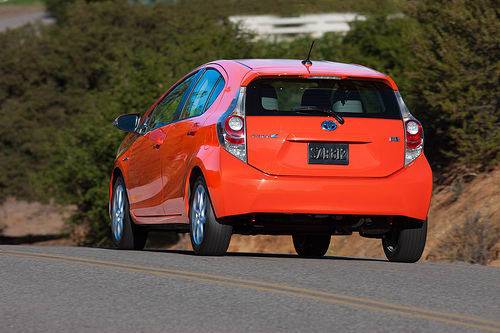
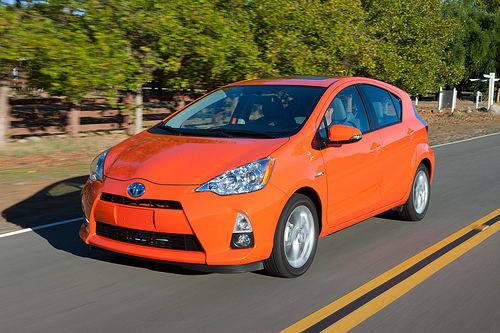
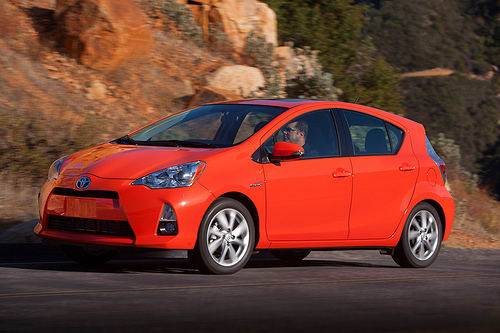
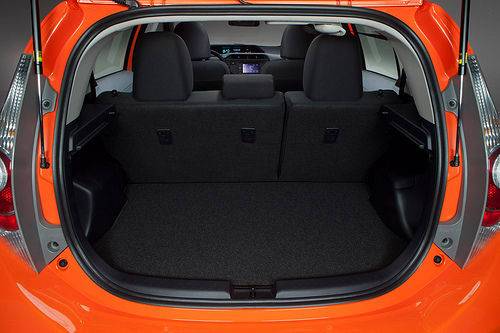
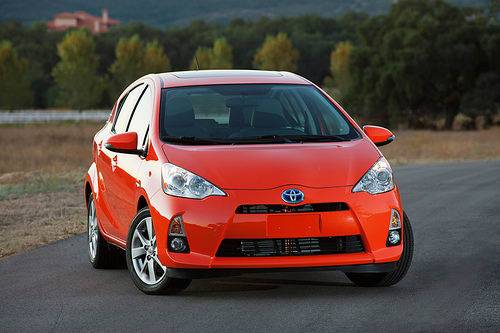

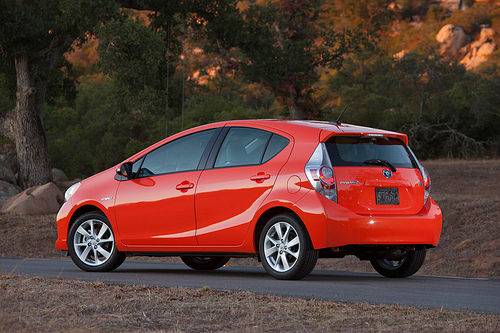
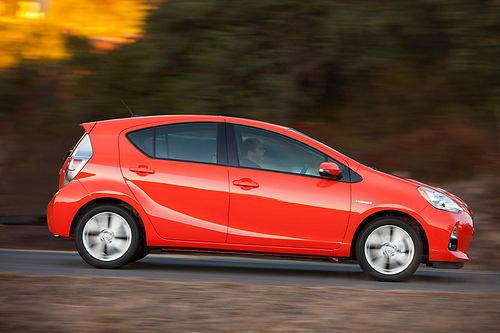
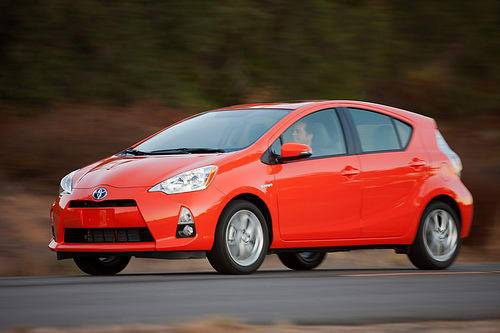

Former Executive Editor Joe Wiesenfelder, a Cars.com launch veteran, led the car evaluation effort. He owns a 1984 Mercedes 300D and a 2002 Mazda Miata SE.
Featured stories
